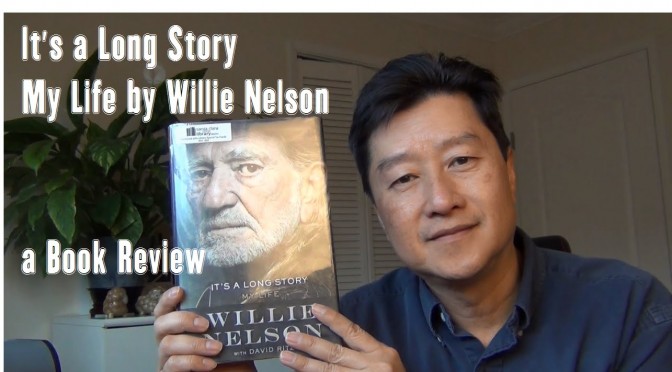It’s always pleasant to read a genuine, down-to-earth, creative person’s life story. In this case, it’s Willie Nelson, the famous country, blue, jazz, (or other labels) singer and composer.
– Willie Nelson is one creative soul. How does he do it? At his age of 82, he has cranked up more than 68 albums.
– “To all the girls he loved before.” Willie did have lots of women in his life. There seemed to be a pattern for the famous singer.
– He used his creativity in tackling the IRS tax problem by facing the IRS head-on without declaring bankruptcy against his friends’ best advises. He sold albums to pay off his debts.
– Willie Nelson shows that you don’t have be branded as a country music singer or a pop star as long as you master something (music) that you’re passionate about and keep doing it, evolving it with creativity. A great lesson for all.
– His love for pot, marijuana, as the best “medicine” to take edges off with little downside under stress as cigarettes killed both of his parents and alcohol has too much side effect for. He even campaign for its legalization.
– Singing covers for some of the old songs went against the pundits’ advises and proved them wrong.
– Before his musical success, he had to sell encyclopedias which he didn’t feel good about despite his success as a salesman. He tried selling vacuum cleaners instead to ease his conscience.
– Willie moved around to try different markets like Texas, Tennessee, Colorado, Oregon and Los Angeles. He’s very gutsy and willing to try different things – this is the key to success. Keep moving and keep reinventing.
– Despite his success, Willie never forget his root; he had a home in Abbot, Texas, where he was born and raised.
– I got to familiarize some of his songs – some are popular and some are not.
– He mentioned a lot about his friends like Waylon Jenning, Jimmy Carter, Ray Charles, Johnny Cash, Merle Haggard, and a few others.
– Like a good country music. Willie Nelson tells a good, long story of his life in this book. It’s a good read for those who admire his work, music and his good character.


